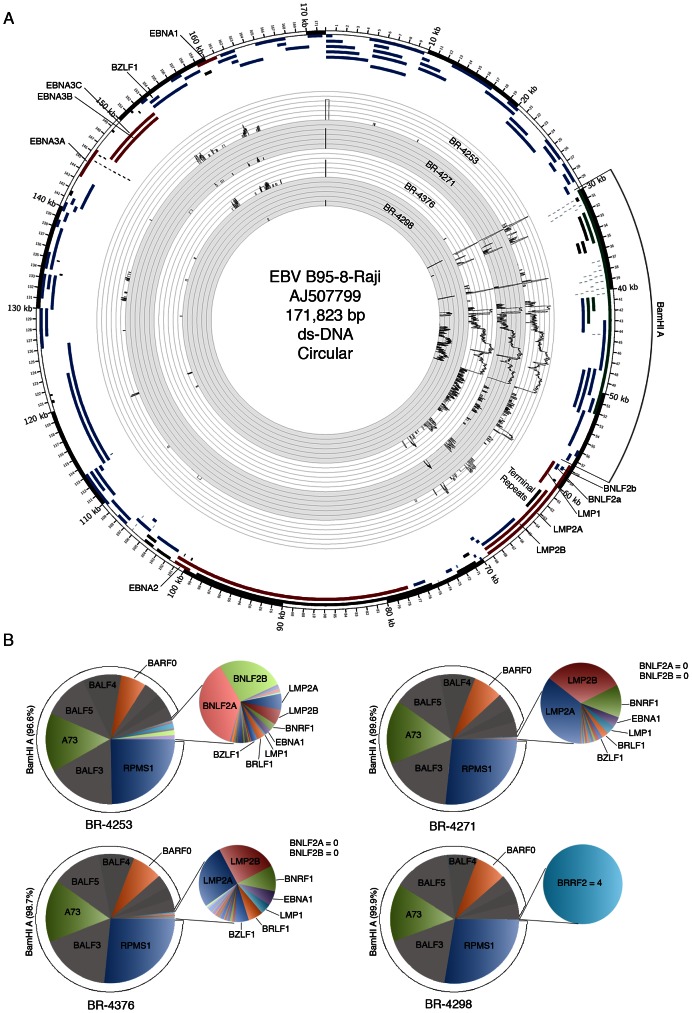Figure 2. Genome wide analysis of EBV gene expression.
(A) An annotated Circos plot depicting EBV read coverage across the EBV genome. Coverage graphs display the number of reads mapping to each nucleotide position of the genome and are depicted in log scale. Expandable log and non-log plots are provided in Figures S3 and S4. Note that alignments were performed using a genome that was split between the BBLF2/3 and the BGLF3.5 lytic genes rather than at the terminal repeats to accommodate coverage of splice junctions for the latency membrane protein, LMP2. The natural termini of the linear genome, the terminal repeats, are shown in the lower right quadrant of the graph. Coverage data is plotted relative to the modified B95-8 genome containing Raji genome sequences (Genbank accession number AJ507799). Blue features represent lytic genes, red features represent latency genes, green features represent potential non-coding genes, aquamarine features represent microRNAs, and black features represent non-gene features (repeat regions and origins of replication, for example). (B) Pie charts displaying read counts across EBV gene features. Because the BNLF2a/b region is contained within the LMP1 gene, total LMP1 read counts were inferred by determining the counts within the unique LMP1 sequences, multiplying by the total length of LMP1, and dividing by the length of the unique region. BNLF2a/b counts were calculated by determining the number of reads within the BNLF2a/b locus and subtracting the inferred number of LMP1 reads derived from within the BNLF2a/b coordinates (i.e. number of LMP1 reads within the unique region times the length of the overlap region divided by the length of the unique region). Leftward oriented genes within the BamHI A region are shown in grey. This representation indicates uncertainty due to the finding of primarily rightward transcription across these genes in the gastric carcinoma cell line SNU-719 using directional sequencing methods (see below).

